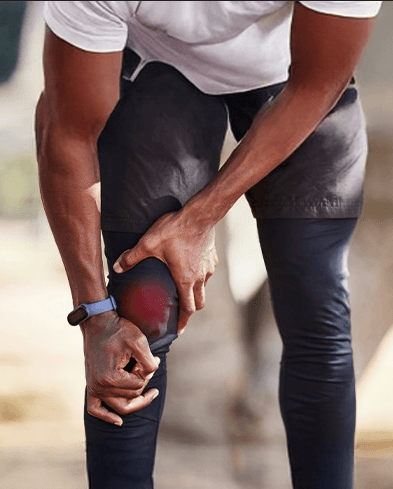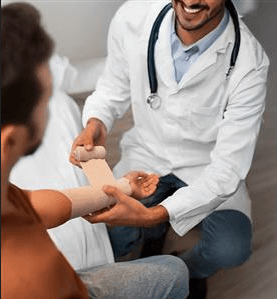
Trauma & Fractures

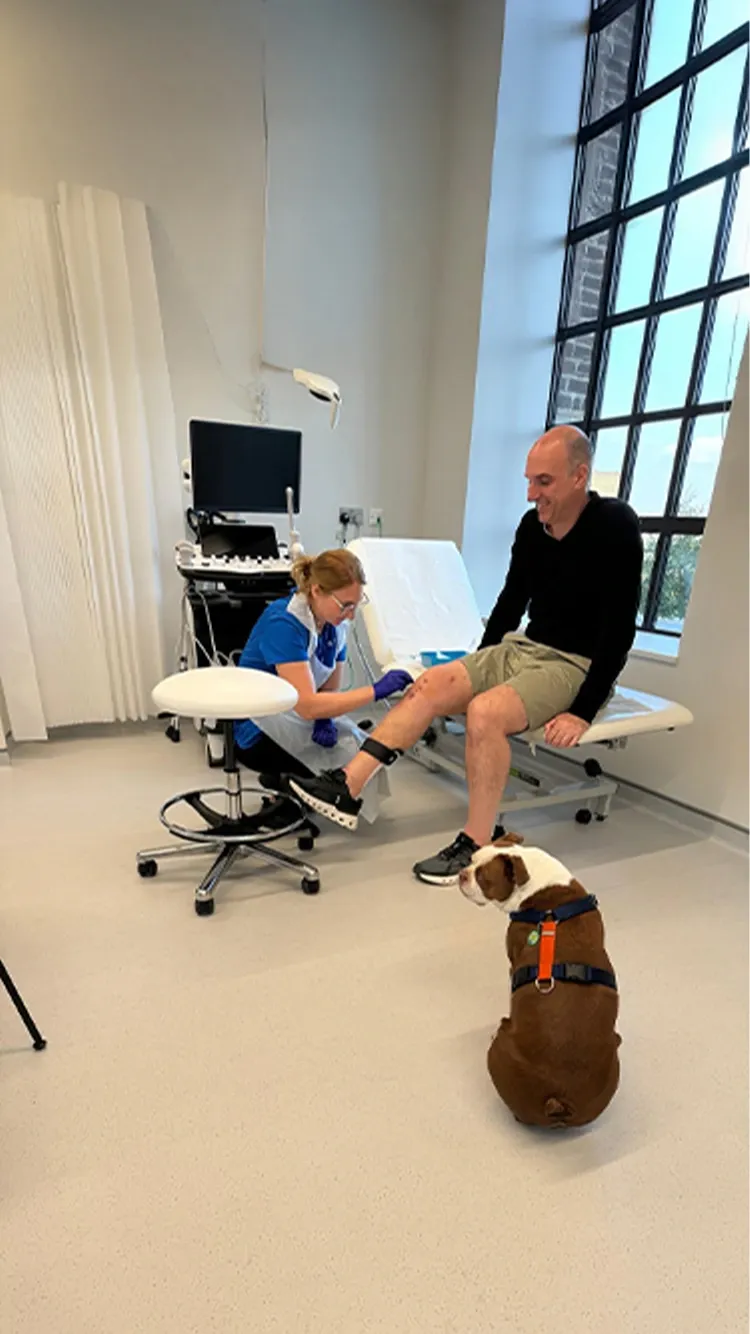
No Referrals Required
Same-day Consultation




Shoulder
Shoulder Arthroscopy
Shoulder Arthroplasty (Stabilisation, Cuff Repairs, ACJ Excision, Capsular Release)
Rotator Cuff Surgery (including Rotator Cuff Tear Repair)
Shoulder Dislocations & Instability Treatment
Shoulder Replacement Surgery
One-Stop Shoulder Ultrasound Clinic & “Mi Eye” Diagnostic Arthroscopy
Upper Limb Trauma & Nerve Procedures
Shoulder dislocation/ instability
Upper Limb Instability
Tendon & Ligament Reconstruction Surgery
Nerve Decompression Surgery
Complex Upper Limb Trauma Surgery
Compression Neuropathy Surgeries (Carpal Tunnel, Cubital Tunnel)
Elbow
Tennis Elbow
Elbow Arthroscopy (Post-Traumatic Capsular Release, Tennis Elbow Release)
Stabilisation of Unstable Elbows
Stiff Elbow Release Surgery
Total & Revision Elbow Replacement
Distal Biceps, Pectoralis Major & Triceps Rupture Repair
Complex Upper Limb Trauma Surgery (including Terrible Triads & ACJ Dislocations)
Hand & Wrist
Carpal Tunnel Syndrome Surgery
Cubital Tunnel Syndrome Surgery
Dupuytren’s Contracture Surgery
Hand & Wrist Arthritis Treatment
Hand & Wrist Fractures & Ligament Injury Repair
Hand & Wrist Tendonitis
Trigger Finger Release Surgery
Wide Awake Local Anaesthetic Surgery (WALANT)
Wrist Arthroscopy
Hand & Wrist Joint Replacement Surgery
Ganglion Cyst Removal
Lacertus Syndrome Treatment

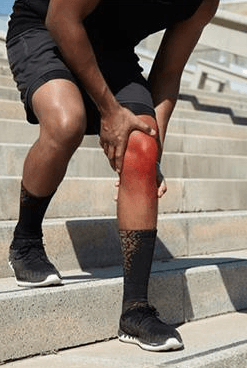
Hip
Hip Pain & Injuries
Femoroacetabular Impingement Treatment
Ischiofemoral Impingement Treatment
Pelvic & Acetabular Trauma Reconstruction
Hip Replacement (Primary, Revision)
Hip Resurfacing Arthroplasty
Anterior Hip Replacement
Muscle-Sparing Hip Replacement
Hip Preservation Surgery
Knee
Knee Pain & Injuries
Knee Replacement (Partial, Total, Revision)
Knee Arthroscopy (including meniscal and cartilage surgery)
Knee Ligament & Cartilage Reconstruction
Multi-Ligament Knee Reconstruction
High Tibial Osteotomy
ACL & PCL Reconstruction
Patellofemoral 'Kneecap' Replacement
Soft Tissue Knee Reconstruction
Meniscal & Osteochondritis Dissecans (OCD) Repair
Cartilage Transplantation & Regeneration
Microfracture Surgery
Bursitis
Foot & Ankle
Plantar Fasciitis
Foot & Ankle Fractures, Sprains & Ligament Injuries
Achilles Tendon Rupture & Repair
Bunion (Hallux Valgus) & Lesser Toe Deformities
Hallux Rigidus (Big Toe Arthritis) Treatment
Cartiva Implant for Big Toe Arthritis
Flat Foot Deformity Correction
Diabetic Foot, Charcot & Pes Cavus Neurological Conditions
Minimally Invasive Foot & Ankle Surgery
Bunionette Deformity Correction
Ankle Replacement Surgery
Ankle Joint Fusion
Trauma & Fractures
Sports Injuries
Other Treatments
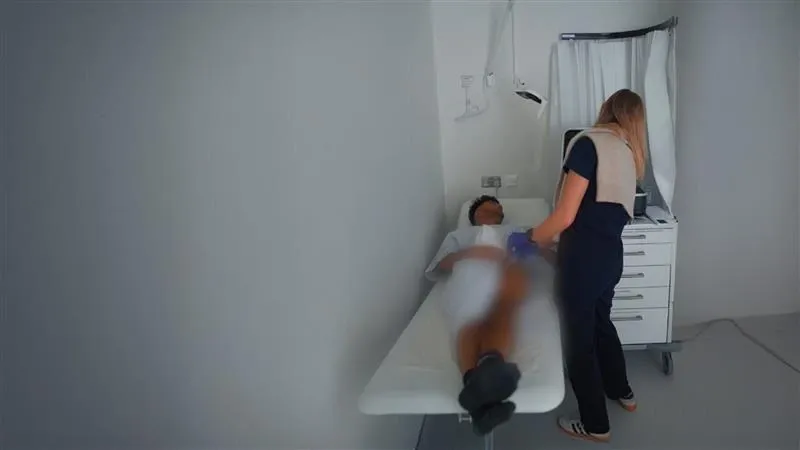
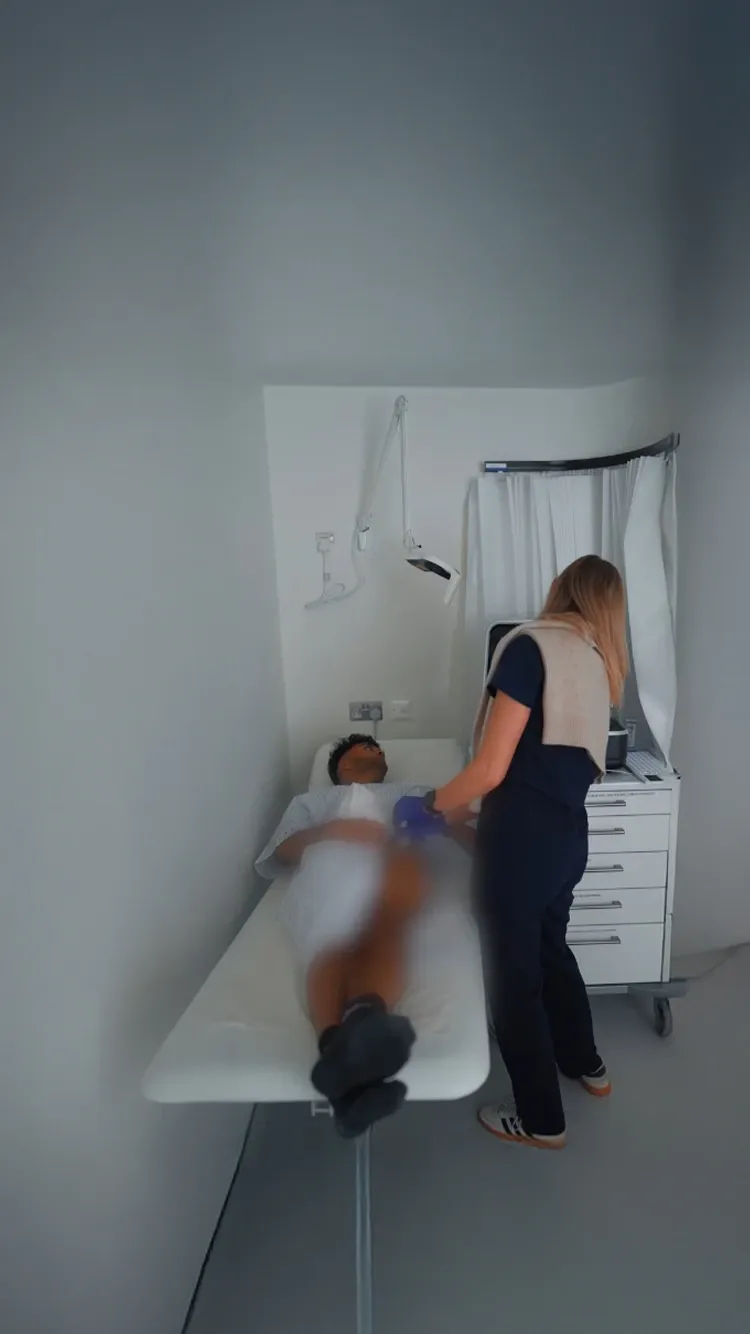
Orthopaedic Consultation Options
In-Clinic Orthopaedic Appointment
You can see your orthopaedic consultant face-to-face in-clinic for a consultation
Online Orthopaedic Appointment
You can book a virtual Orthopaedic consultation.
You can book an appointment through any of the following options:
Email us at info@lips.org.uk
Call us at +44 (0) 207 164 6114.
Book directly through our website.
Self-Pay
Booking Online:
Debit or credit card (Visa & Mastercard)
Apple Pay or Google Pay
Booking Over the Phone:
A secure online payment link, shared by the medical assistant.
Alternatively, you can provide your card details over the phone to our medical assistant for a secure one-time card payment.
Insured:
You must provide the following details at the time of booking, either online, over the phone or via email:
Insurer name
Authorisation code
Membership number
T&O specialists manage a wide range of conditions, including:
Arthritis and degenerative joint disease
Fractures and dislocations
Sports injuries
Congenital and developmental disorders
Spinal problems
Bone infections and tumours
They treat both acute injuries and chronic conditions affecting bones, joints, and soft tissues.
Trauma and Orthopaedic (T&O) surgeons treat musculoskeletal conditions and perform surgeries such as:
Joint replacements (hip, knee, shoulder)
Arthroscopic (keyhole) procedures
Fracture repairs
Spinal surgeries
Ligament and tendon repairs
Corrective surgery for deformities
These surgeries aim to restore mobility, reduce pain, and improve patients' quality of life.
Yes, non-surgical treatment is often the first approach. These may include:
Pain management (e.g. anti-inflammatories)
Joint injections (e.g. corticosteroids)
Bracing or orthotics
Activity modification
Physiotherapy
Surgery is usually considered only if conservative treatment fails to relieve symptoms.
Pain when moving the elbow may be due to:
Tennis elbow or golfer’s elbow
Bursitis (inflammation of the fluid sac)
Tendonitis
Arthritis
Trapped nerves
Sprains or repetitive strain
The exact cause depends on the location and nature of the pain, often linked to overuse or joint inflammation.
Tennis elbow (lateral epicondylitis) is an overuse injury causing pain on the outer part of the elbow. It's caused by repetitive movements, typically involving gripping or lifting, that strain the forearm tendons. Despite the name, it can affect anyone, not just tennis players.
Initial treatment includes:
Rest and avoiding aggravating activities
Ice packs to reduce swelling
Over-the-counter painkillers
Physiotherapy to stretch and strengthen the forearm
Wearing a supportive brace
If symptoms persist, steroid injections or surgery may be considered in rare cases.
Knee pain during bending can result from various conditions, including:
Osteoarthritis: Degeneration of joint cartilage leading to pain and stiffness, especially common in older adults.
Bursitis: Inflammation of the bursae (fluid-filled sacs) causing pain and swelling, often exacerbated by kneeling or bending.
Tendonitis: Inflammation of tendons due to overuse, leading to pain during movement.
Ligament or Meniscus Injuries: Damage to knee ligaments or cartilage can cause pain, instability, and difficulty bending the knee.
These conditions can be diagnosed and managed with the help of healthcare professionals.
Knee replacement surgery offers several benefits, including:
Pain Relief: Significant reduction or elimination of knee pain.
Improved Mobility: Enhanced ability to perform daily activities with less discomfort.
Better Quality of Life: Increased independence and participation in social and recreational activities.
Long-Lasting Results: Modern knee replacements can last 15 years or more, providing durable relief.
Most patients experience substantial improvements following the procedure.
Partial knee replacement, also known as unicompartmental knee replacement, involves replacing only the damaged compartment of the knee joint.
The procedure includes:
Making a smaller incision compared to total knee replacement.
Removing the damaged cartilage and bone from the affected compartment.
Implanting metal and plastic components to resurface the area.
This surgery is less invasive, preserves more of the natural knee structure, and often results in quicker recovery times.
Total knee replacement surgery involves removing damaged or worn parts of the knee joint and replacing them with artificial components (prostheses). It’s typically recommended for people with severe arthritis or joint damage that causes pain and restricts movement.
Procedure Overview:
Anaesthesia: You’ll receive general or spinal anaesthesia.
Incision: A cut is made over the front of the knee to access the joint.
Bone Preparation: Damaged cartilage and a thin layer of bone are removed from the ends of the femur (thigh bone) and tibia (shin bone).
Implant Placement: Metal components are attached to the prepared bone surfaces, and a plastic spacer is inserted between them to mimic smooth joint movement.
Patella Adjustment (optional): Sometimes the underside of the kneecap (patella) is also resurfaced.
Closure: The incision is closed with stitches or staples, and a dressing is applied.
Recovery:
Most patients start walking with support within 1–2 days.
Physiotherapy is essential to regain strength and mobility.
Full recovery can take 6 weeks to 3 months, depending on individual health and activity levels.
Hip bursitis, the inflammation of the bursa over the hip joint, can often be managed effectively at home.
Recommendations include:
Rest: Avoid activities that exacerbate the pain.
Ice therapy: Apply a cold pack (or a bag of frozen peas wrapped in a towel) to the affected area for up to 15 minutes every few hours to reduce swelling.
Pain relief: Over-the-counter painkillers like paracetamol or ibuprofen can help manage discomfort.
Avoid aggravating positions: Try not to cross your legs, lie on the affected side, or stand with your weight on one
Exercise: Engage in specific exercises to strengthen the hip muscles, which can aid recovery.
If symptoms persist beyond 6 to 12 weeks, consult a orthopaedic consultant for further evaluation.
Hip pain can arise from various conditions.
Common causes include:
Osteoarthritis: Degeneration of joint cartilage leading to pain and stiffness, especially common in older adults.
Bursitis: Inflammation of the bursae (fluid-filled sacs) causing pain and swelling, often exacerbated by lying on the affected side.
Tendonitis: Inflammation of tendons due to overuse, leading to pain during movement.
Hip fractures: Breaks in the upper part of the femur, common in older adults due to falls or osteoporosis.
Muscle or tendon strain: Overstretching or tearing of muscles or tendons around the hip.
Labral tears: Damage to the cartilage that surrounds the hip socket, leading to pain and limited motion.
Hernias: Inguinal or femoral hernias can cause pain in the front of the hip.
Sciatica: Compression or irritation of the sciatic nerve, causing pain that radiates from the lower back to the hip and leg.
If hip pain persists or worsens, it's advisable to consult a healthcare professional for a proper diagnosis and treatment plan.
Most people begin walking with support (like a frame or crutches) within 1 to 2 days after knee replacement surgery. However, the timeline for walking normally, without aids and with a natural gait, can vary:
Typical Recovery Milestones:
Week 1–2: Walking with a walker or crutches. You’ll begin physiotherapy exercises to improve range of motion and strength.
Week 3–6: Transition to walking with a cane or unaided. Most people are walking independently and doing light daily activities by the end of this period.
After 6 Weeks: Walking becomes more natural, and many patients return to driving and some work activities.
By 3 Months: Most people can walk normally, climb stairs, and engage in low-impact activities without pain.
Full Recovery: It can take up to 12 months for full strength, mobility and comfort to return, especially for high-demand activities.
Key Factors That Influence Walking Recovery:
Age and general health
Pre-surgery mobility level
Consistency with physiotherapy
Absence of complications (e.g. infection, stiffness)
A total hip replacement surgery typically takes about 1 to 2 hours to complete. However, you may be away from the ward for a longer period due to pre-operative preparations and post-operative recovery time in the recovery room. The duration can vary based on individual circumstances and the specific surgical approach used.
A total hip replacement surgery typically takes about 1 to 2 hours to complete. However, you may be away from the ward for a longer period due to pre-operative preparations and post-operative recovery time in the recovery room. The duration can vary based on individual circumstances and the specific surgical approach used.
In the first week after hip replacement surgery, it's important to begin mobilising early to aid recovery. Patients are typically encouraged to start walking with the assistance of crutches or a walking frame as soon as possible, often within a day or two post-operation. The exact distance will vary depending on individual factors, but the goal is to gradually increase walking distance each day, as comfort and strength improve. It's essential to follow the guidance of your physiotherapist, who will tailor a walking and exercise plan suited to your specific needs.
Arthritis is a common condition that causes pain and inflammation in a joint. It affects people of all ages, including children.
The two most common types are:
Osteoarthritis: This is the most prevalent form, often developing in people in their mid-40s or older. It can also occur due to joint injury or be associated with other joint-related conditions. Osteoarthritis affects the smooth cartilage lining of the joint, leading to pain and stiffness.
Rheumatoid Arthritis: An autoimmune condition where the immune system attacks the joints, leading to pain, swelling, and stiffness. It commonly affects the hands, feet, and wrists.
Management of arthritis includes medications, physical therapy, lifestyle changes, and in some cases, surgery.







